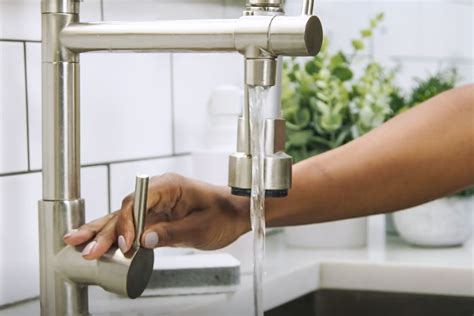How to Turn Off the Water to Your House: A Step-by-Step Guide
Knowing how to turn off the water to your house is a crucial life skill. Whether you're dealing with a burst pipe, a plumbing repair, or a frozen pipe, quickly shutting off the water supply can prevent significant water damage and costly repairs. This guide provides a clear, step-by-step process to help you locate and turn off your water supply, both inside and outside your home.
Locating Your Main Water Shut-Off Valve
Before an emergency arises, it's vital to know where your main water shut-off valve is located. This valve controls the water supply to your entire house. It's usually found in one of these places:
- Outside: Often near the street, in a water meter box, or sometimes buried underground near the foundation of your house. The meter box may have a lid you can lift to access the valve. Look for a valve with a wheel handle or a lever.
- Inside: In older homes, the valve might be located in the basement, utility room, or crawlspace. In newer homes, it could be in a closet, garage, or near the water heater.
Identifying the Water Shut-Off Valve
The valve itself varies in appearance, but it's generally either a:
- Gate Valve: Features a long handle that you turn 90 degrees (a quarter turn) to open or close.
- Ball Valve: Usually has a lever handle that you turn a quarter turn to open or close.
Steps to Turn Off the Water Supply
Once you've located your main water shut-off valve, follow these steps:
- Locate the Valve: Use the information above to pinpoint the exact location.
- Access the Valve: If the valve is in a meter box, carefully lift the lid. If it's underground, you may need to excavate carefully around it. Safety First! If you are unsure about locating or accessing the valve, call a qualified plumber.
- Turn the Valve: For a gate valve, turn the handle 90 degrees (a quarter turn) clockwise. For a ball valve, turn the lever handle a quarter turn clockwise. You'll feel resistance as you turn it, and it should stop when fully closed.
- Check for Water Flow: Turn on a faucet in the house. If water doesn't flow, you’ve successfully shut off the main water supply.
What to Do After Turning Off the Water
Once you've shut off the water, it's crucial to address the underlying problem:
- Contact a Plumber: For serious plumbing issues such as burst pipes or significant leaks, call a qualified plumber immediately.
- Document the Issue: Take photos of the damage for insurance purposes.
- Prevent Further Damage: If you suspect a leak, locate and address the source as soon as possible.
Turning Water Back On
After the plumbing issue has been resolved, slowly turn the water valve counterclockwise to reopen the water supply. Check for leaks and ensure that the water pressure is normal.
Remember: This guide provides general instructions. Specific valve locations and types can vary depending on your home's plumbing system and age. If you are uncomfortable performing these steps yourself, it's always best to call a qualified plumber. Prevention is key! Regularly inspect your plumbing system for leaks and potential problems. Early detection can save you from costly repairs and significant water damage.
